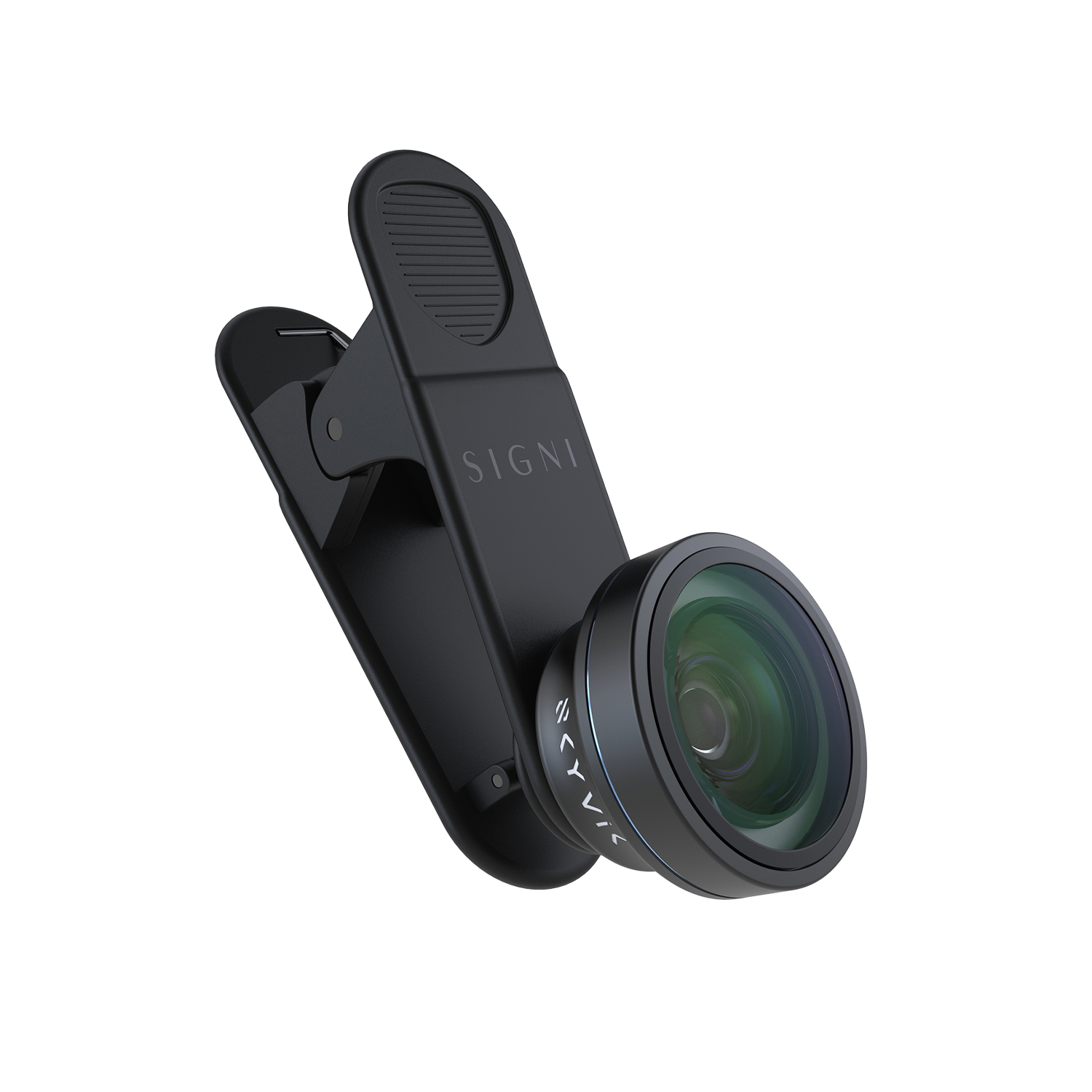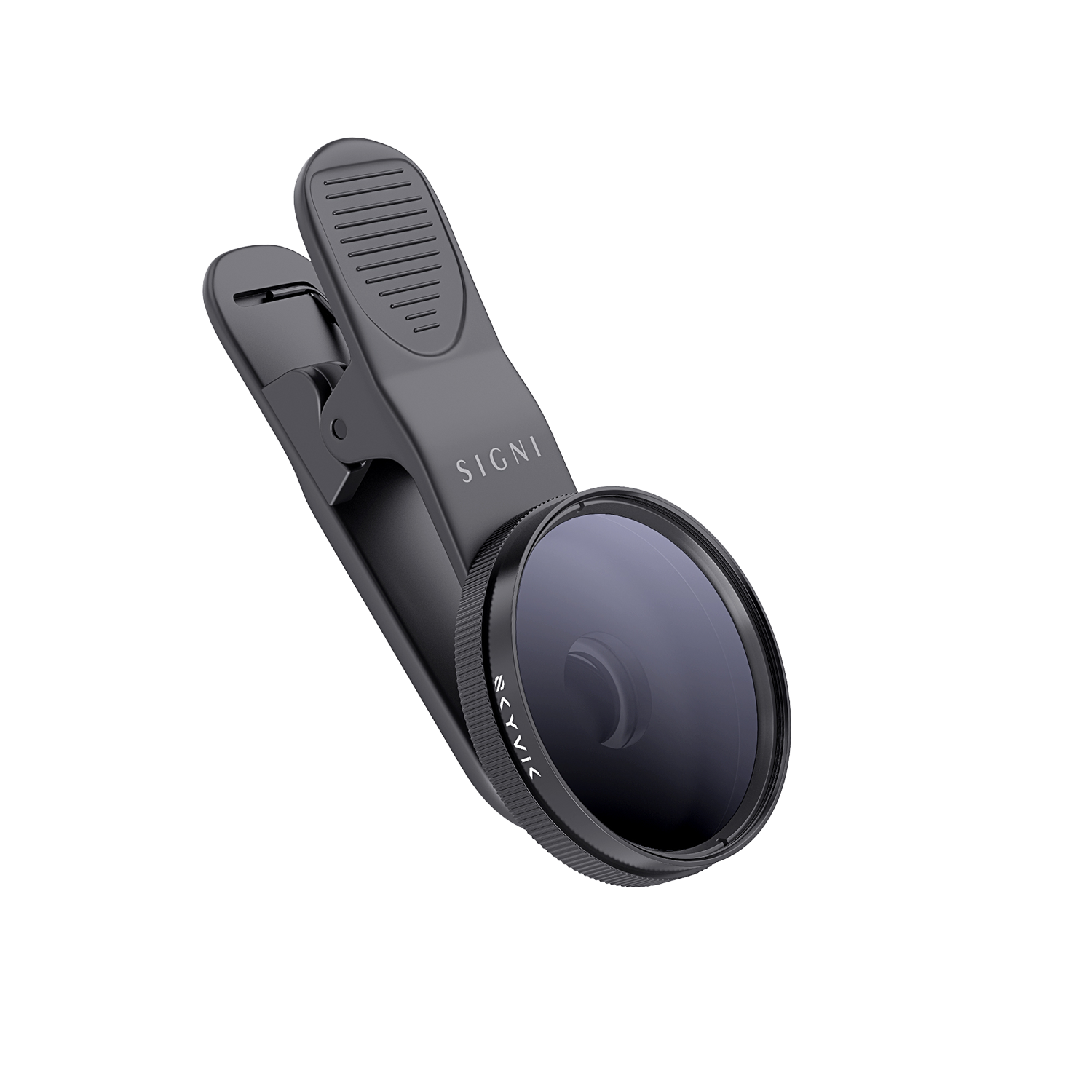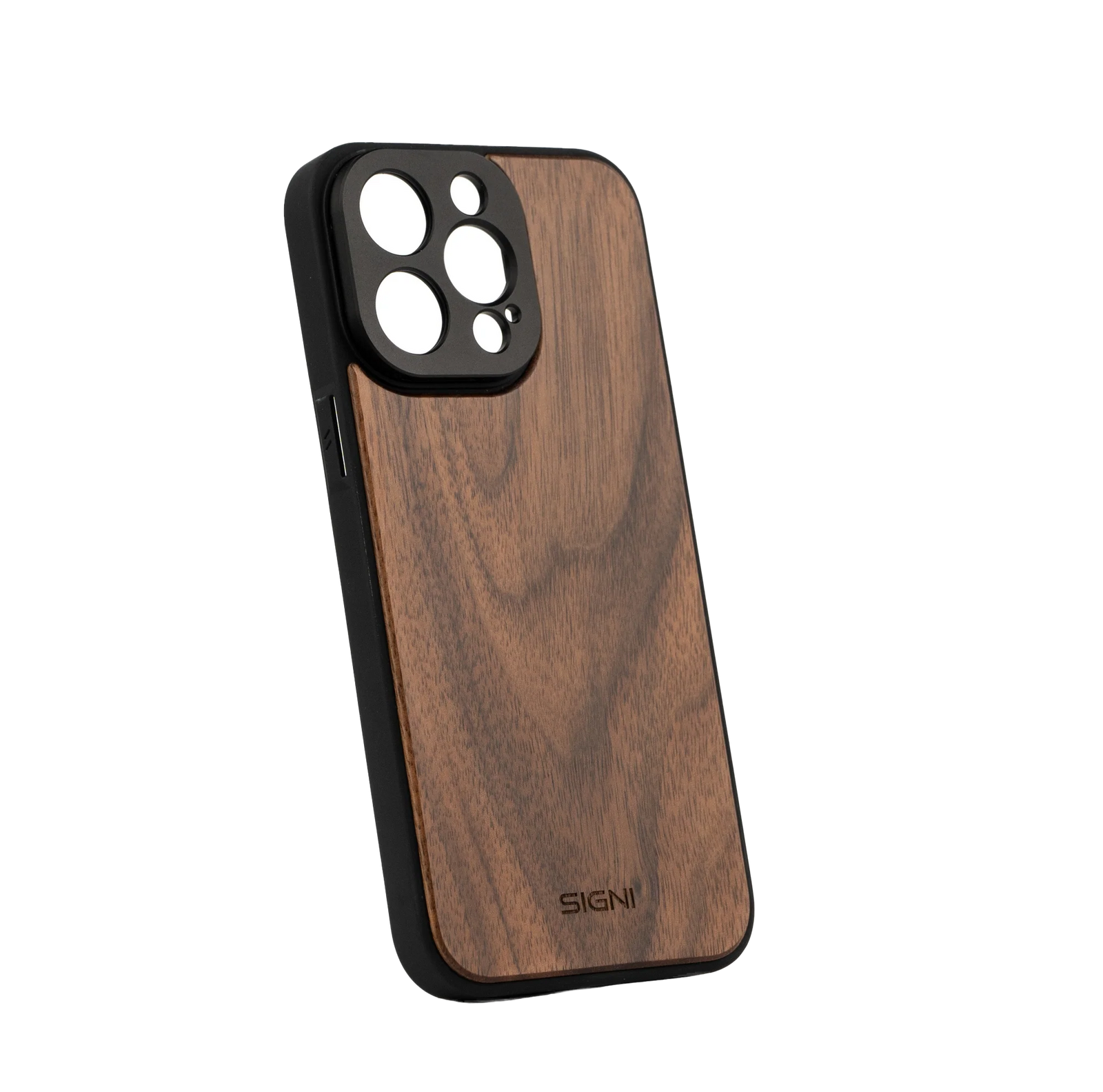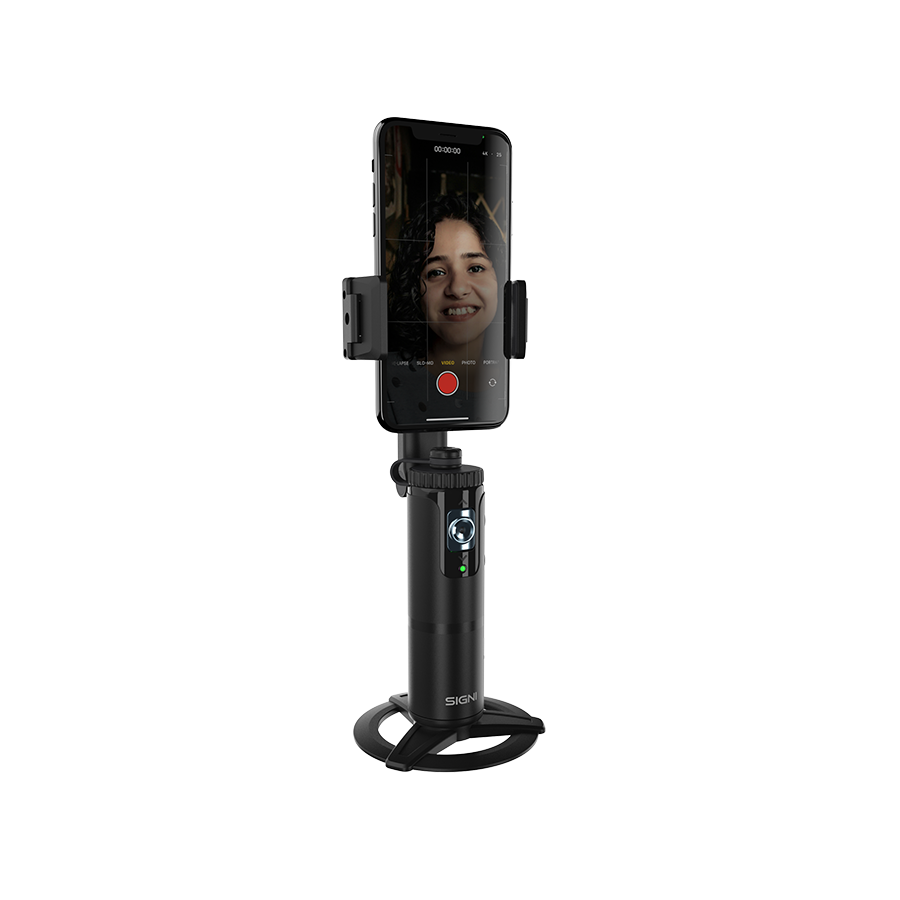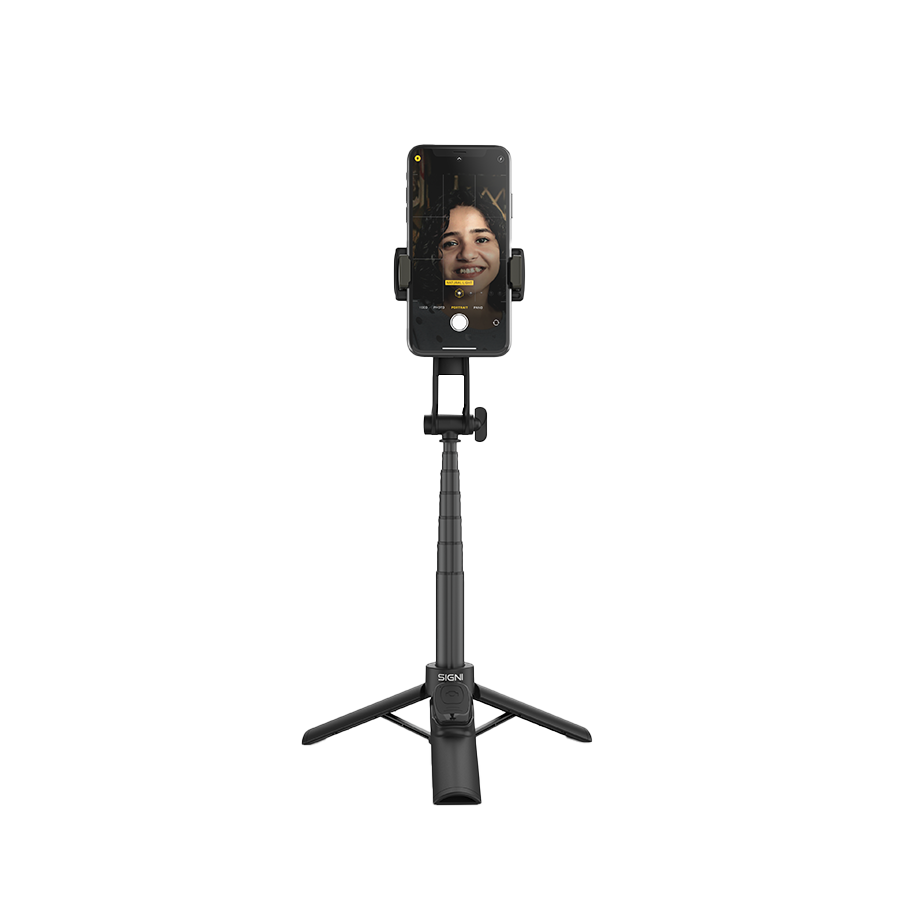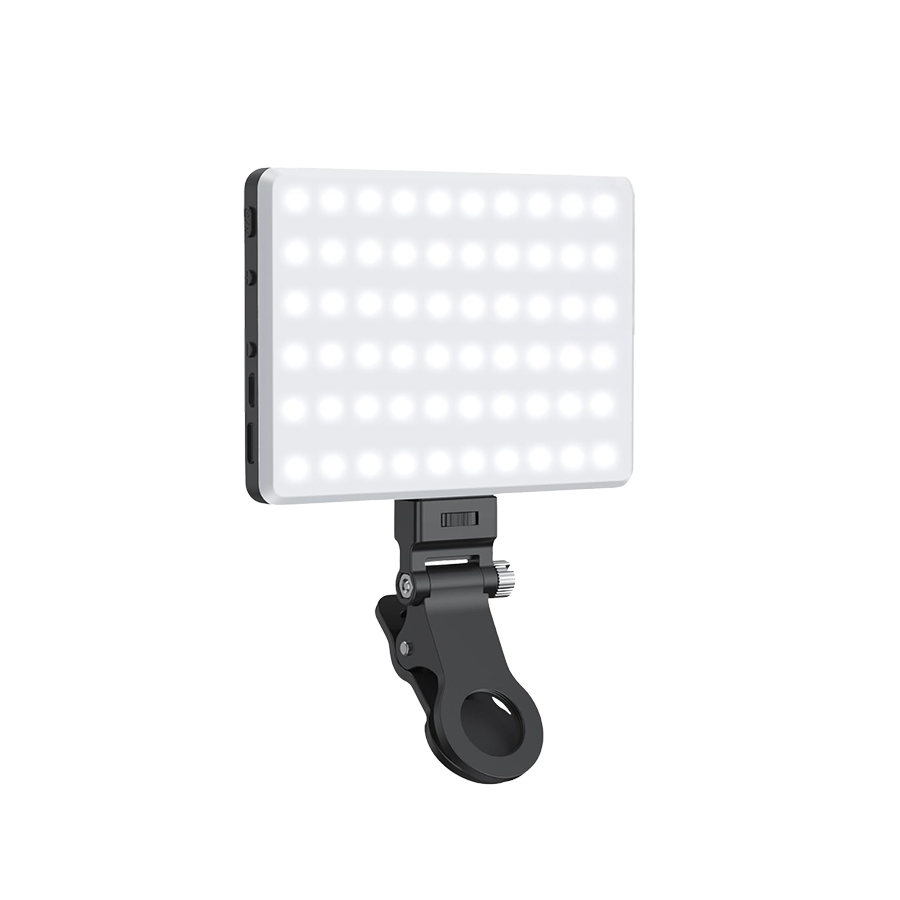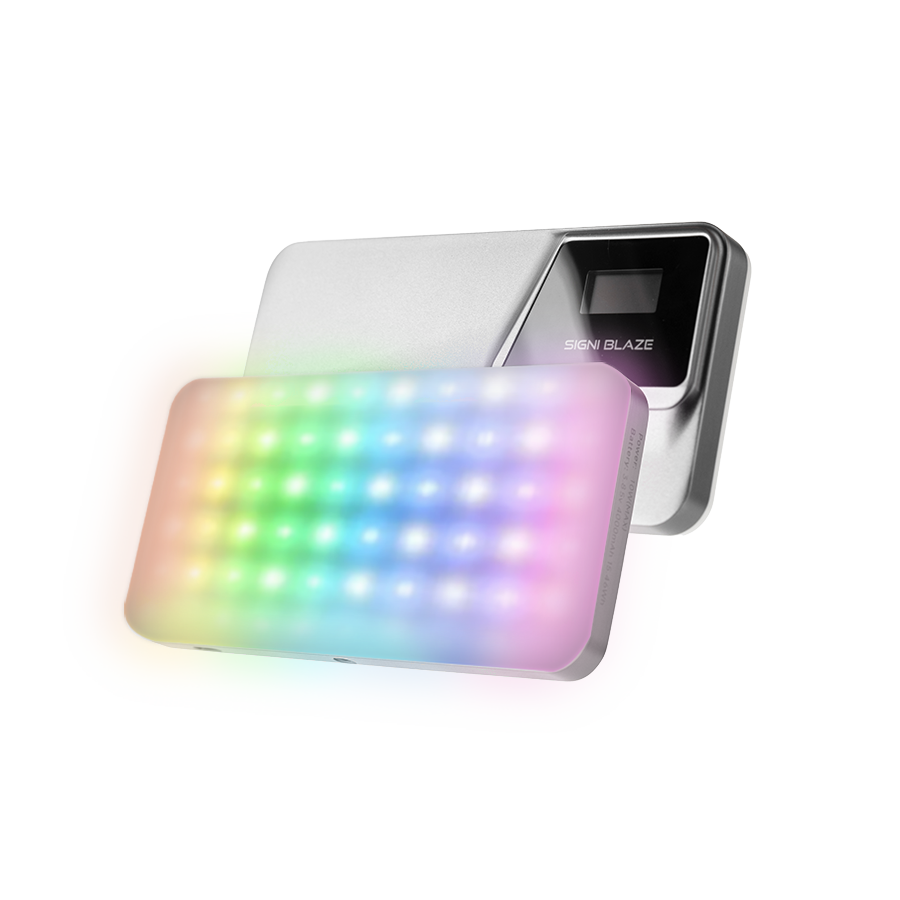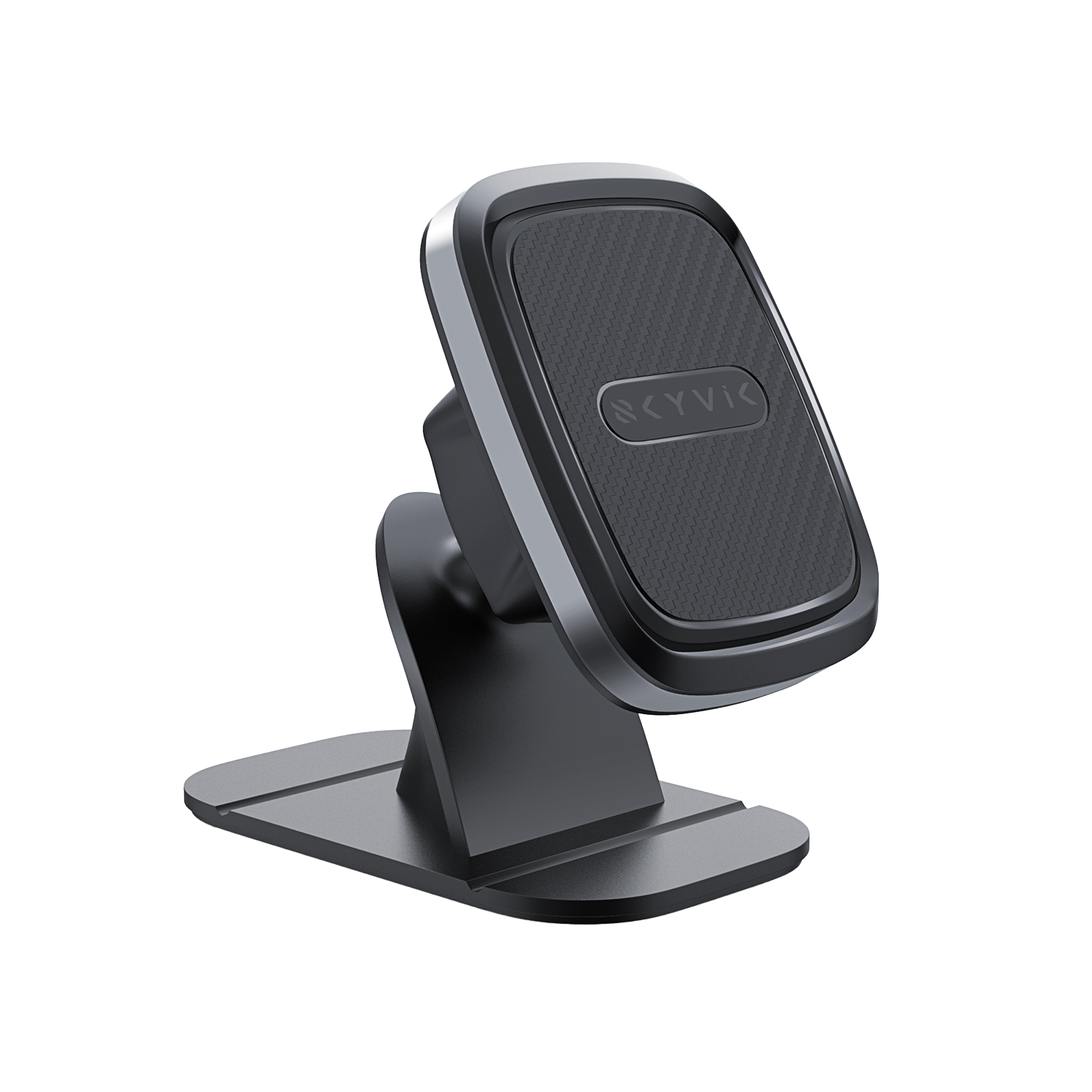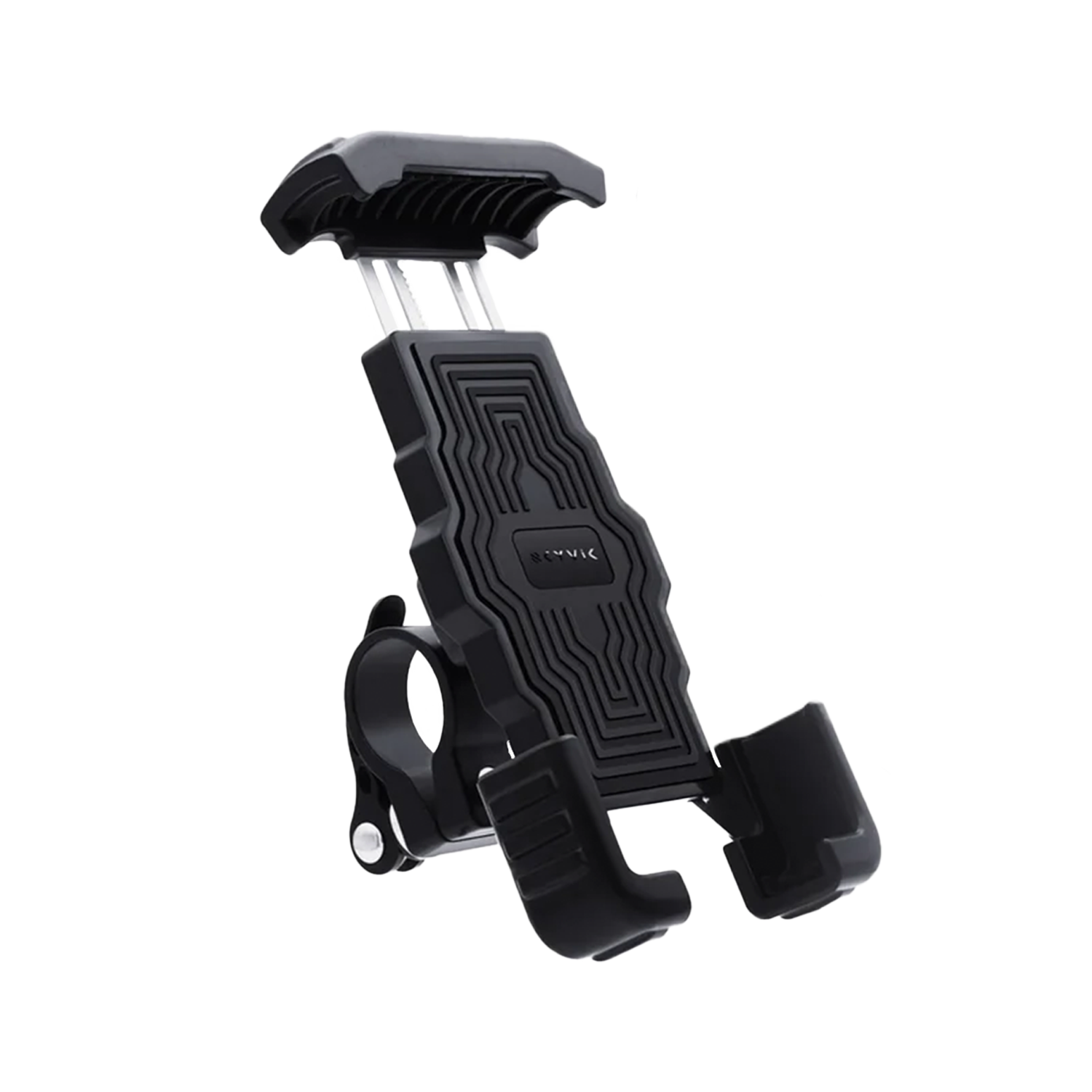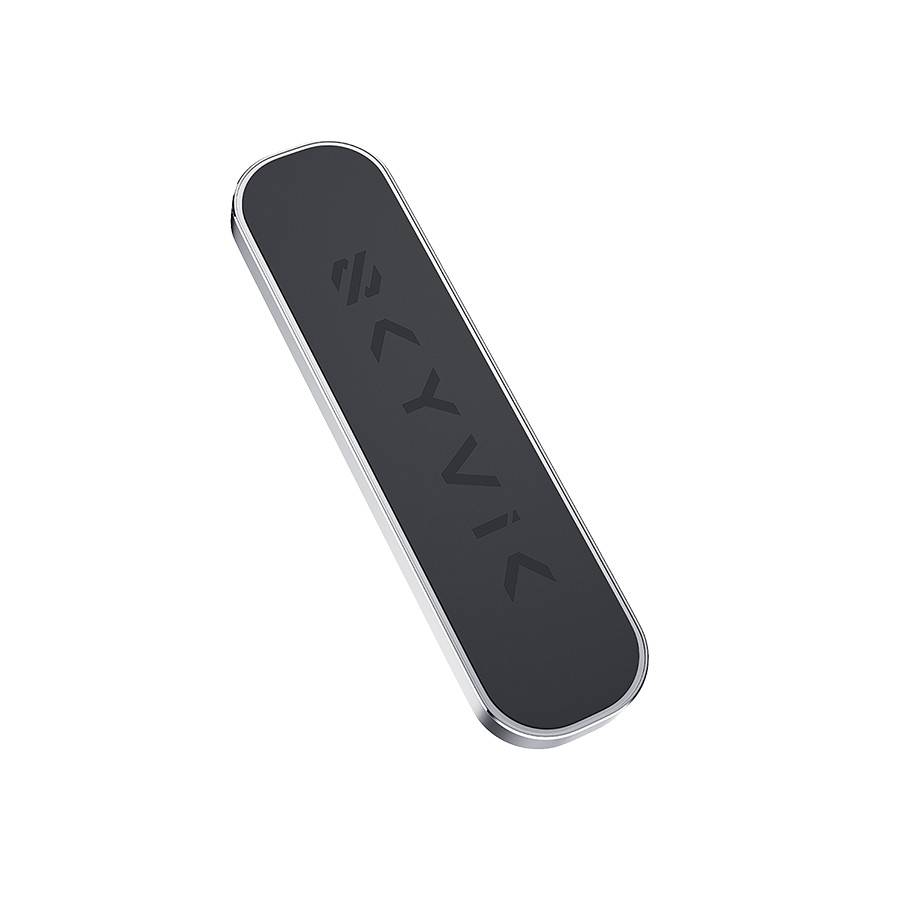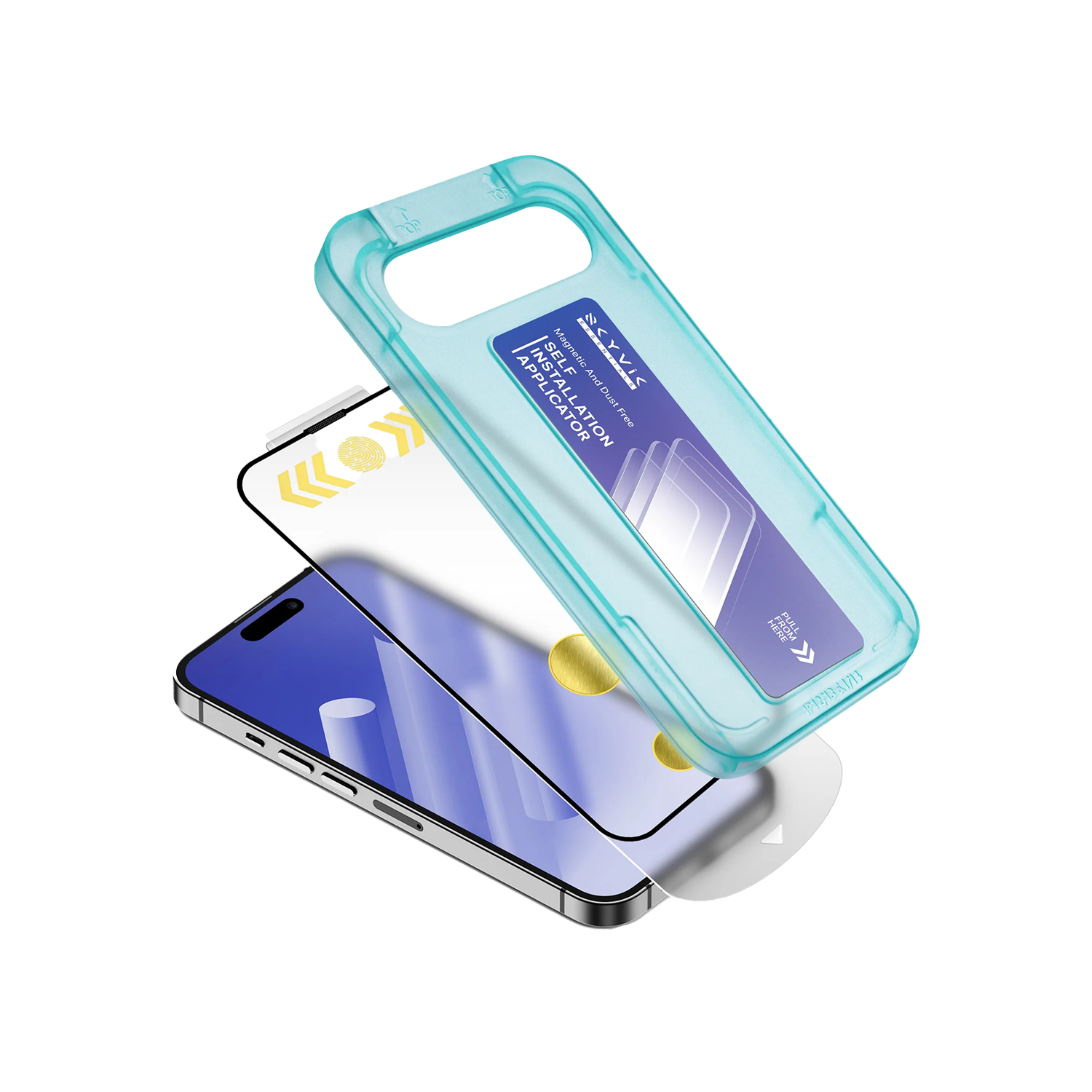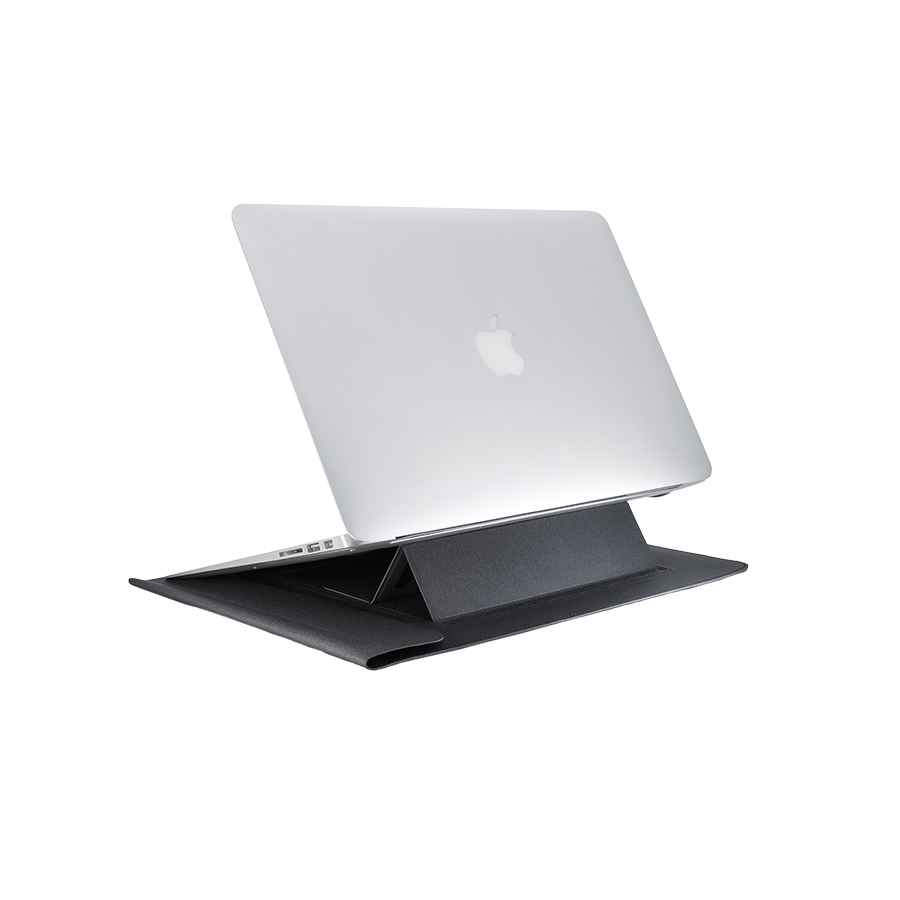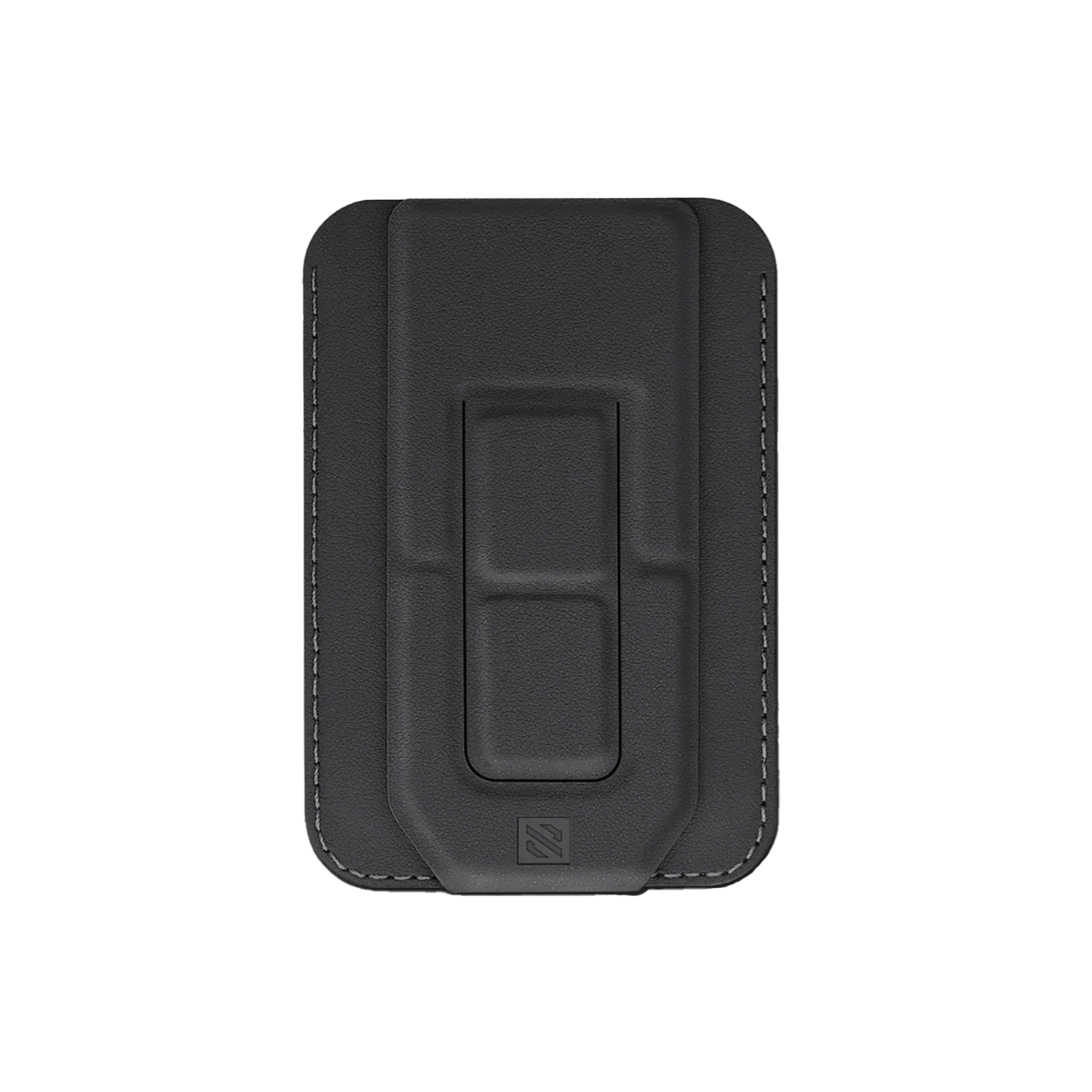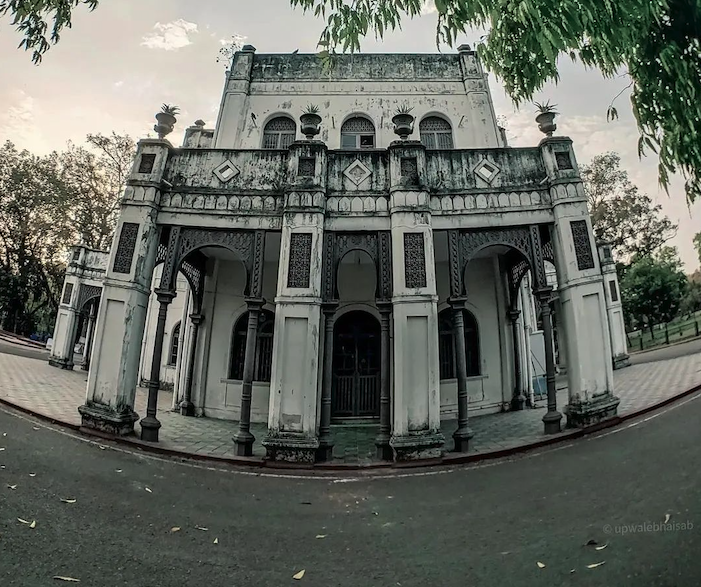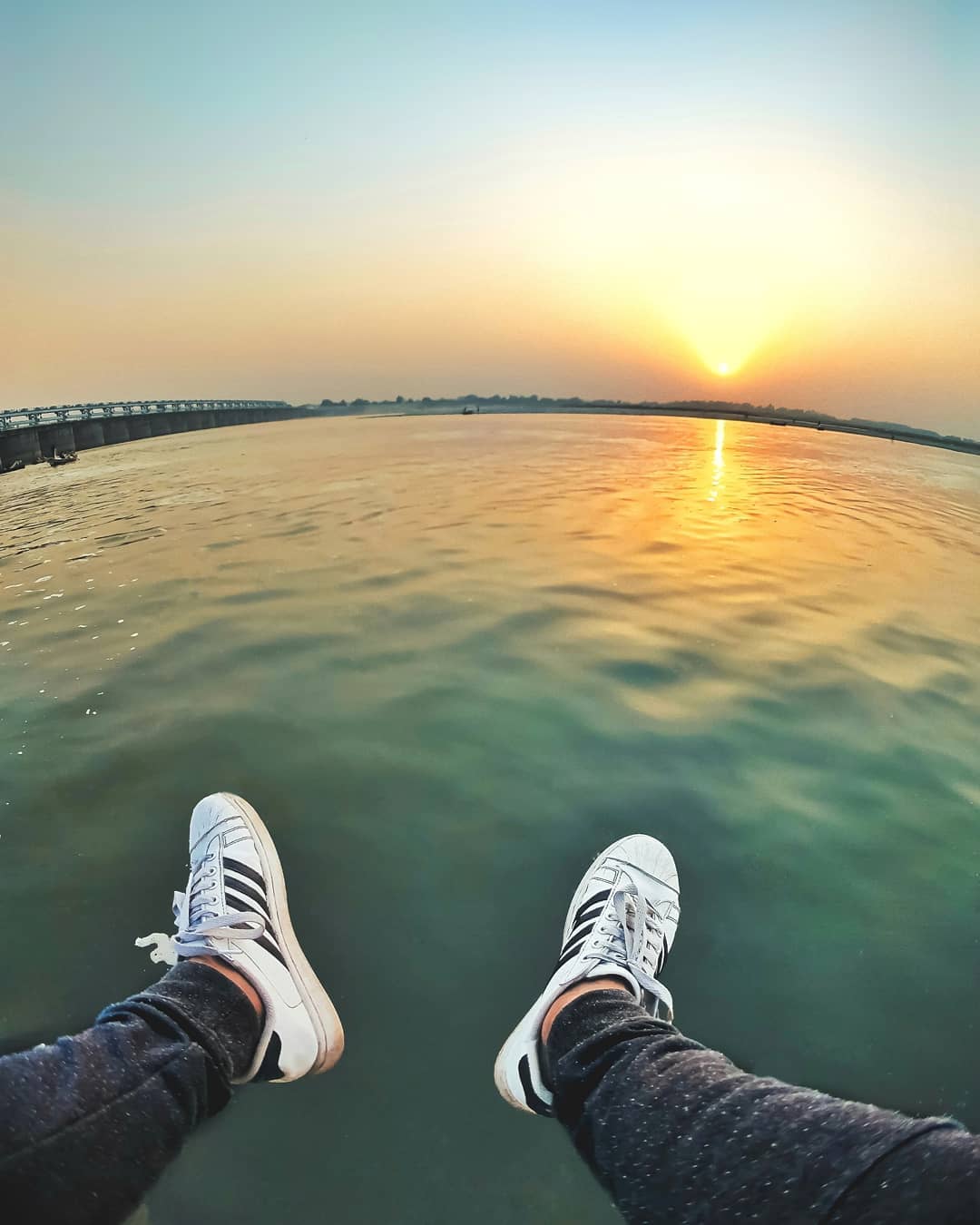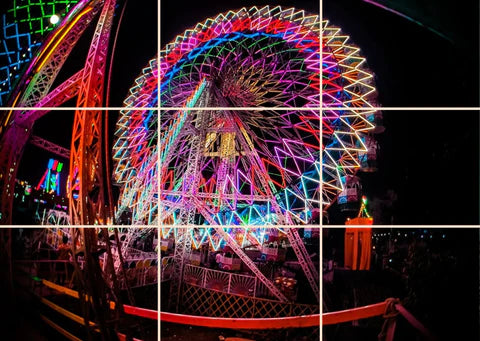MOBILE LENSES
Mobile Holders
Everyday Essentials
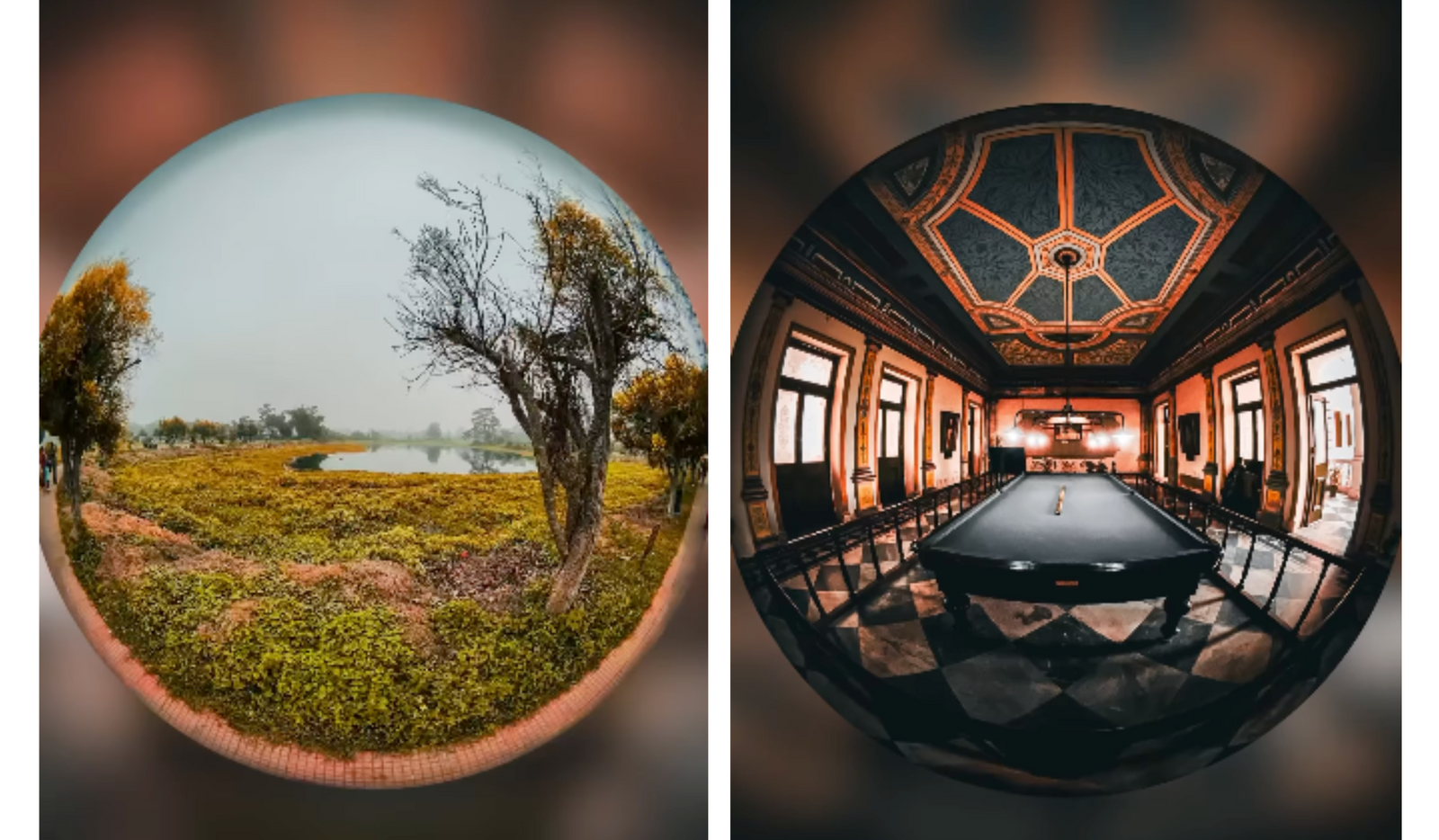
What's Everything You Need to Know About Fisheye Lenses?
4 min read
In the dynamic realm of photography, fisheye lenses emerge as fascinating tools that transform the ordinary into the extraordinary. As we embark on this comprehensive guide, let's unravel the mysteries surrounding fisheye lenses, exploring their characteristics, applications, and the captivating real-life facts that make them a unique and sought-after optical accessory.
Understanding Fisheye Lenses
A fisheye lens is an ultra-wide-angle lens known for its extreme distortion and expansive field of view. Unlike conventional lenses that aim for rectilinear projection, fisheye lenses embrace curvature, creating a circular or nearly circular image. This intentional distortion contributes to the lens's distinct visual effect, adding a dynamic and immersive quality to photographs. Clicked by @_nexusphotography_
Clicked by @_nexusphotography_
Facts about Fisheye Lens
-
Unparalleled Field of View: Fisheye lenses are renowned for their extreme field of view, capturing scenes in ways that no other lens can. With angles of view exceeding 180 degrees, fisheye lenses provide a unique perspective that immerses viewers in the entire surroundings.
 Clicked by @gulabi.nagari.wala
Clicked by @gulabi.nagari.wala
-
Curvature Creates Artistic Distortion: Unlike traditional lenses that aim for rectilinear projection, fisheye lenses intentionally embrace distortion. This curvature, often in a circular or nearly circular pattern, adds an artistic and surreal quality to images, making them visually intriguing and dynamic.

-
Varied Focal Lengths for Creative Control: Fisheye lenses come in various focal lengths, allowing photographers to choose the degree of distortion they desire. From ultra-wide options like 10mm for extreme effects to more moderate choices like 12mm, photographers have creative control over the level of distortion in their images.
 Clicked by @mayur_madhwani03
Clicked by @mayur_madhwani03 -
Perfect for Panoramic and 210-Degree Photography: The expansive field of view of fisheye lenses makes them ideal for capturing panoramic and 360-degree images. They excel in creating immersive visual experiences, whether for virtual reality content, architectural photography, or capturing vast landscapes.
 Clicked by @gourav_sharma087
Clicked by @gourav_sharma087 -
Compact and Portable Design: Fisheye lenses are often more compact and lightweight than their wide-angle counterparts. This portability makes them convenient for on-the-go photography, allowing photographers to easily carry and use them in various settings without adding significant weight to their gear.

-
Ideal for Creative Experimentation: Fisheye lenses are a playground for creative experimentation. Photographers can bend straight lines, exaggerate perspectives, and distort reality in ways that challenge traditional composition norms. This makes fisheye lenses a go-to choice for those seeking artistic and unconventional results.
 Clicked by @zai_qtr
Clicked by @zai_qtr -
Versatility Across Photography Genres: While fisheye lenses are commonly associated with landscape and architectural photography, they find applications in various genres. Portrait photographers use fisheye lenses for unique and eye-catching perspectives, adding a playful and distinctive element to their portraits.
 Clicked by @lakhsmanl
Clicked by @lakhsmanl -
Adaptability to Different Camera Systems: Fisheye lenses are designed to be versatile and adaptable to different camera systems. Whether you're using a DSLR, mirrorless camera, or attaching them to a smartphone, fisheye lenses offer creative possibilities across a wide range of devices.

-
Underwater Photography Excellence: Fisheye lenses are highly valued in underwater photography. Their ability to capture wide-angle views is perfect for showcasing the beauty of underwater landscapes, coral reefs, and marine life. The distortion adds an extra layer of visual interest to these underwater scenes.
-
Historical Significance: Fisheye lenses have a rich history and were initially developed for scientific purposes, including meteorology and astronomy. Over time, their unique distortion characteristics found their way into artistic photography, leading to their widespread use in various creative fields.
 Clicked by @the_unique_depth
Clicked by @the_unique_depth
Types of Fisheye Lens
-
Circular Fisheye Lenses: Circular fisheye lenses (Skyvik 10mm Fisheye Lens) are designed to capture a complete 210° view in all directions, resulting in a distinctive circular image. This type of fisheye lens often includes black frame edges, adding an artistic touch. Photographers commonly employ circular fisheye lenses for creative purposes, such as skateboard photography or capturing unique landscapes and cityscapes.
 Circular Fisheye Lenses Shot Clicked by @souvikd05
Circular Fisheye Lenses Shot Clicked by @souvikd05 -
Full-Frame Fisheye Lenses: In contrast, full-frame fisheye lenses also cover 190° along the diagonal but produce a less wide-angle, rectangular photo without the black borders seen in circular fisheye shots (like Skyvik 12mm Fisheye Lens). This variation offers photographers a different distortion perspective, making it suitable for various applications in creative and artistic photography.

Choosing the Right Skyvik Fisheye Lens
-
10mm Fisheye Lens: This lens, with its 10mm focal length, is a real-life storyteller's dream. It delivers extreme distortion, making it perfect for capturing the most dynamic and visually striking scenes in any environment.
-
12mm Fisheye Lens: Striking a balance between distortion and versatility, the 12mm fisheye lens is ideal for real-life applications where creativity meets practicality. It's a go-to choice for a variety of creative photography scenarios.

Conclusion
In the realm of fisheye lenses, Skyvik offers a distinctive lens lineup, including the 10mm Fisheye Lens and the 12mm Fisheye Lens. The 10mm lens captures extreme distortion for dynamic scenes, while the 12mm strikes a balance for versatile real-world applications. These lenses empower photographers to explore creative horizons, making Skyvik a companion for those who seek to push the boundaries of imagination in visual storytelling. Embark on your fisheye journey and share your unique perspectives.

